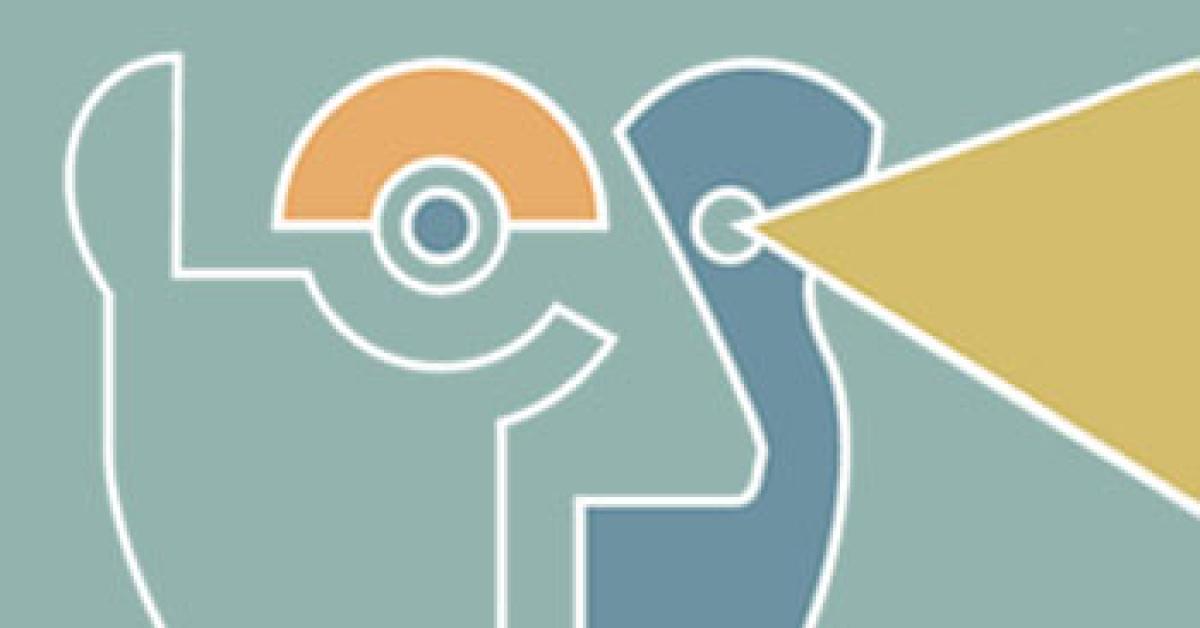PEMBROKE, Mass. — Doing taxes professionally for more than 20 years, I’ve come across several misconceptions that need to be shared with you. It always surprises me how erroneous notions exist, even among those with large incomes who pay the most taxes, percentage-wise. Of all people, you would think successful businesspeople would understand their own taxes.
When I ran my business, my accountant would give me the figures and I would write the checks. One year, my accountant gave me vouchers for $23,000 and I never even questioned his calculations. Was that the correct sum, or was it was $21,000? Could I have saved $2,000? What we’re concerned about here is the merchant’s reasoning when dealing with income taxes. Often, perceptions do not match reality. Let’s look at two of the five common misconceptions I see:
MISCONCEPTION 1: THE HIGHER YOUR INCOME, THE HIGHER YOUR OVERALL TAX BRACKET
It always amazes me how people don’t understand tax brackets. A successful dry cleaner approached me with this question: “I make quite a bit of money, so I don’t want my wife working because she’ll push my income into the next bracket.”
“What do you mean?” I asked.
“Well, I’m at the 28% bracket now and a few more thousand would put me over into the 33% bracket. It would be pretty silly to pay $20,000 more in taxes just for letting her make $10,000.”
He thought $10,000 more in income would put him into the next tax bracket, and all his income would be taxed at the higher bracket. He didn’t know that he would be taxed at the 33% only on the marginal income and that the rest of his income would be taxed at no more than 28%.
This is how our progressive income tax system works. Several tax steps exist. At each step of your income level, you pay the appropriate tax percent. Let’s illustrate with an example.
A dry cleaner earns $151,200 from his business. His wife wants to sell cosmetics at crafts fairs, bringing in an extra $5,000 profit. Coincidently, that $151,200 income level is the point where the rate switches from 25% to 28%. Will all the income be taxed at 28%? Of course not. Only income above $151,200 is taxed at 28%.
Here’s how it breaks down through the various tax brackets:
On the first $18,450, the family pays 10%, or $1,845;
On the next $56,450 (which tops out at $74,900), the family pays 15%, or $8,467;
On the next $76,300 (which tops out at the $151,200 in our example), the family pays 25%, or $19,075.
With the craft fair income, the family passes from the 25% step into the 28% step. So on this $5,000 income, the family pays 28% or $1,400.
Certainly that’s real money, but it doesn’t affect the taxes on the first $151,200. This is the basic law of our progressive tax system and it is important to understand its implications. What it means is that every taxpayer pays the identical amount of taxes for the same income level.
MISCONCEPTION 2: TAXES ARE SOMETHING WE SHOULD TRY TO AVOID
No one loves paying taxes. It’s true that 47% of the population does not pay federal taxes (although many of those individuals do pay Social Security and state taxes because they have lower exemptions). But taxes do keep our society healthy and vibrant.
Taxes keep up the infrastructure, maintain our highways, provide peace in our land, support law and order, guarantee public safety, ensure that our foodstuffs are safe, provide a safety net for the poor and keep the flow of enterprise rolling. I don’t want to sound super-patriotic, but you must do your part and pay your share of taxes.
For those of you who argue that graft and corruption rule the land and politicians only want us to pay taxes because they want their share, I respond yes, graft, corruption and mismanagement can exist in our institutions. But there is much that is right and functional at the same time.
Our democratic system has worked for more than 200 years to provide us with an ever-rising standard of living. When 65% of the population owns their own homes, that’s prosperity with a capital P. When the average person lives to 78, compared to age 43 a century ago, that’s progress. When an individual has the ability to open a business and build it into a large enterprise, that indicates a remarkably open society full of opportunity for all.
Check back Monday for the conclusion!
Have a question or comment? E-mail our editor Dave Davis at [email protected].

